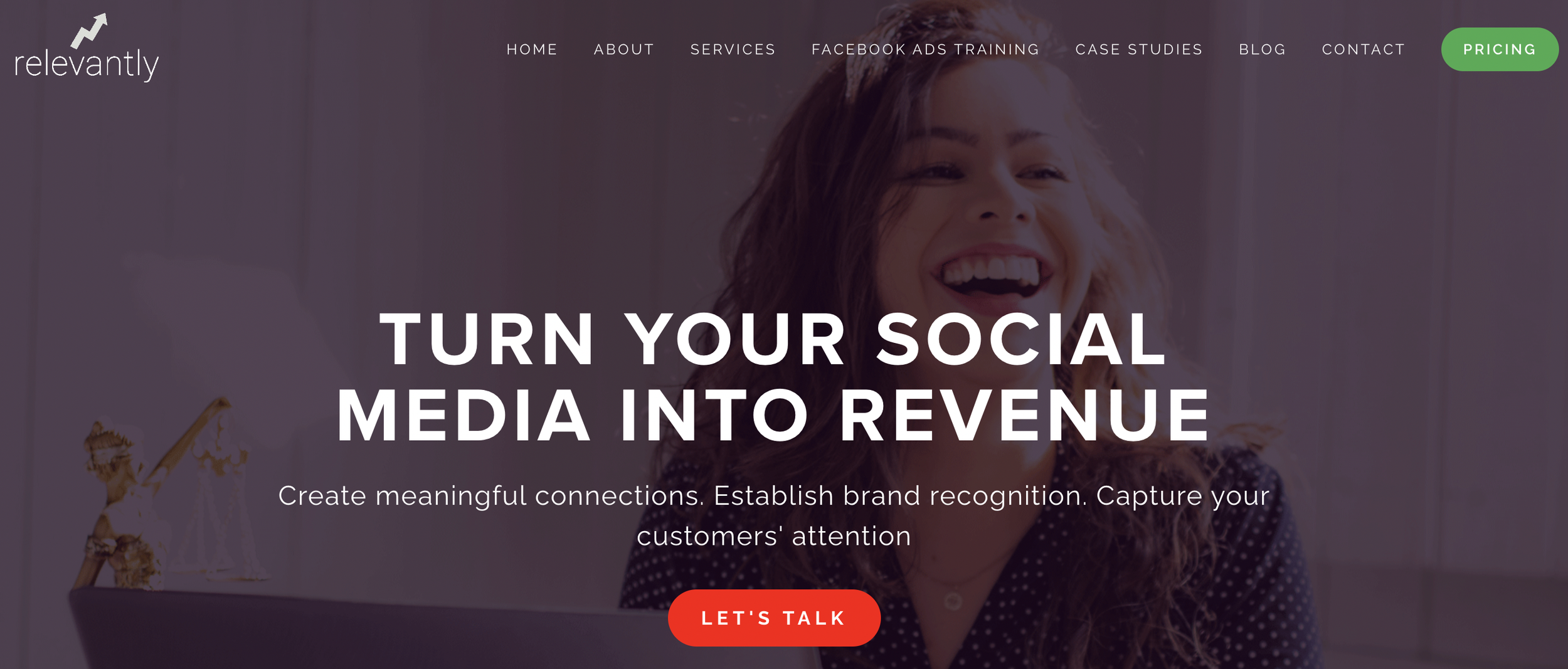As an interior designer, your work is visual—and so are your potential clients. That’s why Facebook and Instagram remain some of the most powerful tools in your marketing toolkit. With billions of users between them, these platforms offer enormous reach combined with precise targeting options. According to LinkedIn, social media is one of the most effective ways for creatives like interior designers to build visibility and attract new business. And as noted by DesignFiles, designers who invest in Facebook ads often see impressive ROI, especially when those ads are built around strong visuals.
Click on each corresponding link to jump ahead:
If you are an interior designer looking for help with your Facebook and Instagram ads, contact Relevantly today!
1) Targeting the Right Clients With Pinpoint Accuracy
Facebook’s ad targeting features let you zero in on the right audience. You can show ads specifically to homeowners in your region, people who follow HGTV or interior design blogs, or users who’ve recently purchased a home. By using tools like Custom Audiences and Lookalike Audiences, you can retarget visitors who’ve interacted with your site or find entirely new clients who share the traits of your existing ones. As explained by Lead Generation Hub, combining interest-based targeting with behavioural data leads to stronger engagement and more qualified leads. And if you're unsure what Lookalike Audiences are, Wikipedia has a great breakdown.
2) Visual Ads That Showcase Your Style
Facebook and Instagram are built for visual storytelling, and no one tells a story through visuals better than a designer. Carousel ads are perfect for showing off multiple angles of a project or before-and-after transformations. Story ads offer full-screen mobile experiences that are incredibly immersive. And video ads—especially short walkthroughs or testimonials—can help potential clients feel a personal connection. According to DesignFiles, designers using video ads often outperform those who don’t. And if you're looking to improve your social content overall, Mydoma Studio shares helpful tips on using Instagram effectively for design firms.
3) Know Your Numbers: What Success Looks Like
Running ads without tracking performance is like designing a room without measurements. Understanding key metrics like CPC (cost per click), CTR (click-through rate), and CPL (cost per lead) helps you refine campaigns and improve ROI. For Meta ads, the average CPC is between $0.58 and $0.77, according to Vogue Business and Business of Apps. Conversion rates hover around 9–10%, and CPL averages about $32.69, based on insights from Shopify and WordStream. These numbers give you a benchmark to track and beat with each new campaign.
4) Turn Ad Clicks Into Consultations
Once someone clicks your ad, your job isn’t done—you need to guide them to take action. The most effective ads feature strong calls-to-action (CTAs) like “Book a Free Design Consultation” or “See Our Portfolio.” The goal is to make it easy for a potential client to move from inspiration to inquiry. As Relevantly Marketing notes, good CTAs paired with high-quality visuals create a natural next step for the viewer, leading to more leads and booked projects.
































